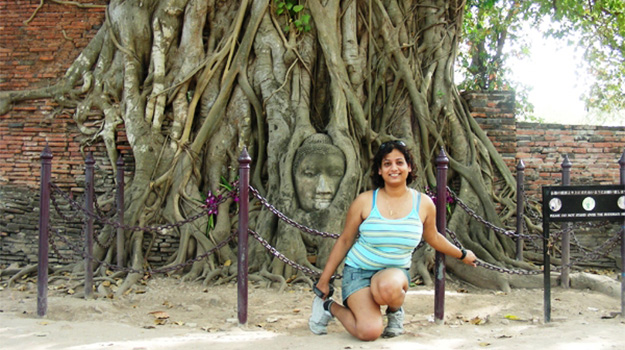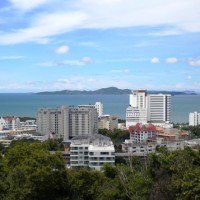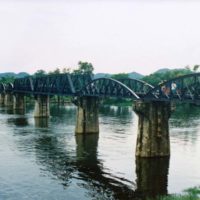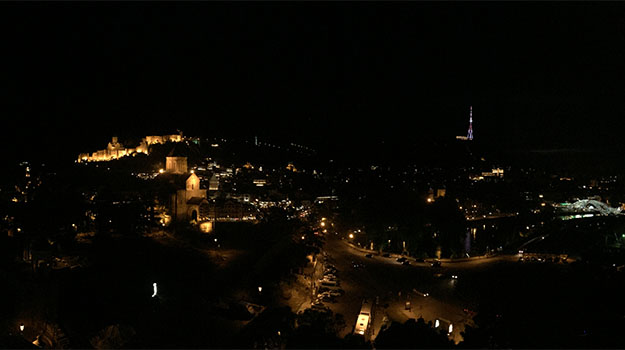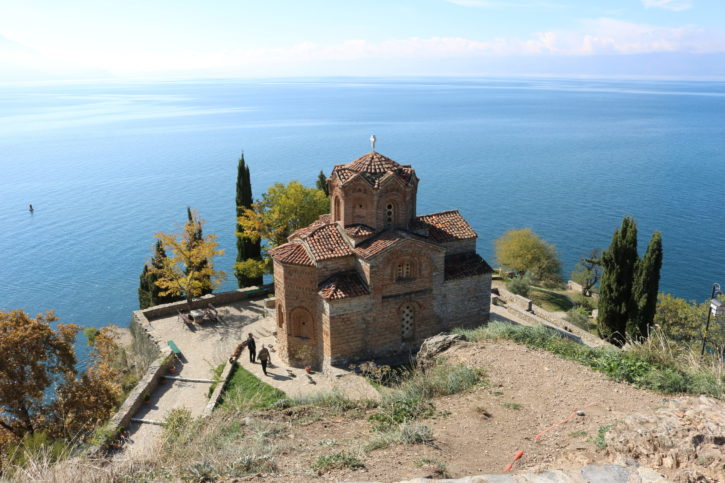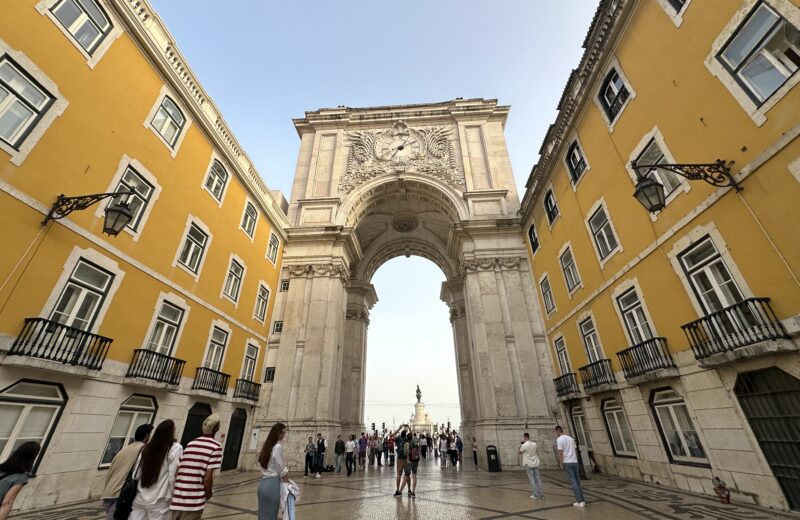At the Wat Phra Mahathat in Ayutthaya and staring at the Buddha head-in- the-bodhi tree, I wondered how anyone had achieved such a feat. And why?
Mrs Supawadee Maspong hastened to explain. “As the tree grows, it will take the head of the Buddha with it to the heavens.”
I stopped myself from asking her this – Did the tree grow around the head or did someone stick the head into the tree?
Mrs Supawadee was the public prosecutor of Ayutthaya Province and extremely competent. I had met her in Bangkok when looking for a washroom! She had been kind enough to bring me to Ayutthaya. Had it not been for her I would have been well on my way to Kanchanaburi and totally overlooked this gem. But as destined, Ayutthaya happened.
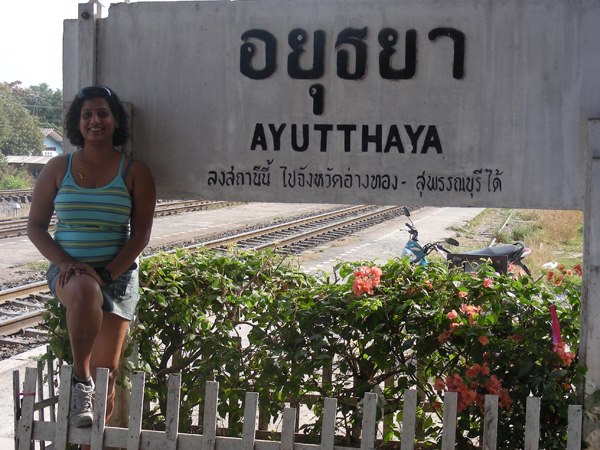
Back to the Buddha: I tried to understand what she meant by her reference to the Buddha. Faith moves mountains, so it is said.
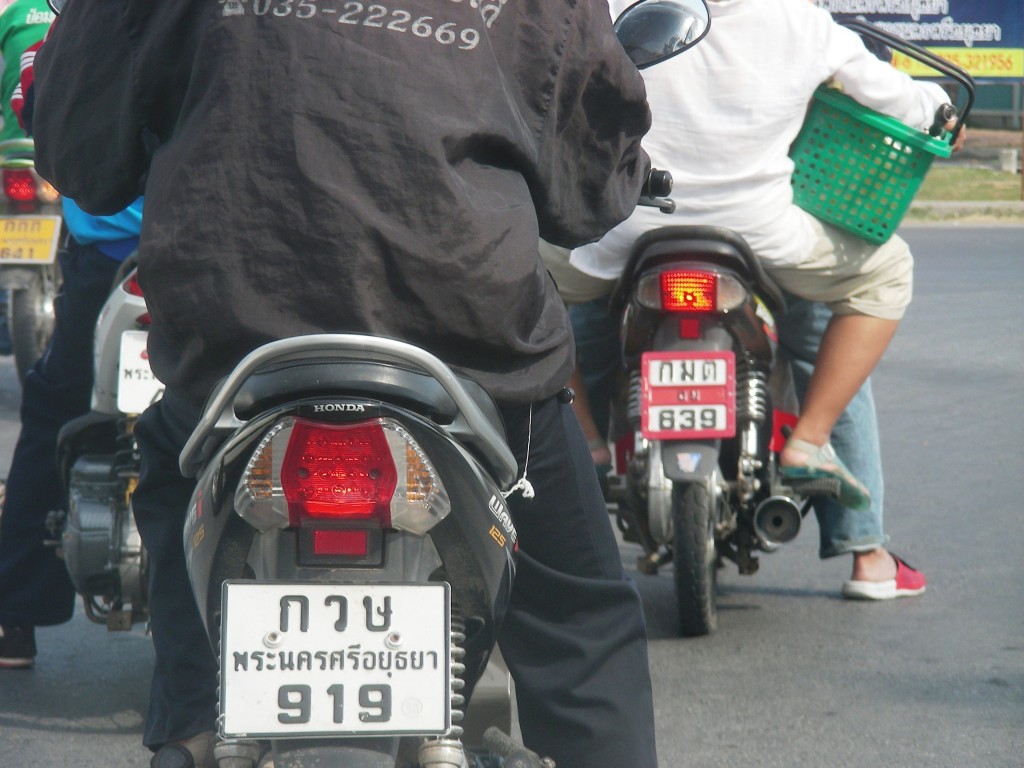
Nearby tourists clucked appreciatively and busied themselves with their camera. That morning, the Buddha head- in –the- bodhi tree must have been the most photographed subject, never mind your faith.
The old city of Ayutthaya was in ruins – and it wouldn’t be far off the mark to say that it was a centre of disaster tourism – what with ruined temples, headless statues seated around an execution area and sacrificial alters which, while being a glimpse of the troubled past, also brought about a strange feeling of loss. But, in reality, Ayutthaya was a faith-centre – else, how could you explain the Pagodas and Chedis from the early 15th century that faced the Burmese invaders and bombs and remained unharmed?
UNESCO World Heritage Site
I marveled at the pillars and headless statues and broken red-brick towers (built distinctly in the Khmer –style) but couldn’t help feeling uneasy at the number of headless statues around. It gave me a turn to see a Buddha in saffron robe sit forlorn on the surviving floor of an ancient temple, especially after the sight of the contemplative Buddha enmeshed in the tree.
Ayutthaya held out on its own, commanding a closer inspection. The destruction however had not stopped the tourist inflow and they continued to come in large numbers eager for a glimpse of a ruined city. It was hard to imagine Ayutthaya (or Siam as it was called) as the former Thai capital, especially after experiencing Bangkok, which, with its skyscrapers and sky-trains represented the correct and modern image of how a capital city of a large country should look like. But I was seeing Ayutthaya in the Present and not in its Past when it held both religious and administrative importance. Back in the 15th century, it was one of the richest cities in the East.
Just being in Ayutthaya was satisfying. I had never intended to visit this place. And without a guide book, I could have easily passed over this ancient city for the more exotic beaches and treks. But I have since learnt that whatever I see (or shown) is a bonus, a reward. There was no denying the fact that Ayutthaya would have remained as the ‘unseen city’ in my travel through Thailand had it not been for my new friend.
We walked around admiring curious artifacts and wood carvings (blushing at the Thai indulgence in art), soaking up the sounds and sights and filling in the gaps in our conversation.
What not to miss
Temples and Statues: Ayutthaya is a place to visit if you are keen on visiting temples or wats. Especially well known and magnificient are the statue of Sleeping Buddha and The Buddha-head-in-the-Bodhi- tree
Ride an elephant: Elephants are fairly common here, probably comes from the jungles further north. Elephant rides are a great favourite among tourists especially from the European countries, but for someone such as I coming from the Southern part of India bordering the Bandipur National Forest, elephants are but a common sight. Actually when I saw people jump in glee to ride the beast, I felt that way too…however it did not stop me from riding one in Kanchanaburi two days later…but I will get to that.
WHAT TO BUY
If you are looking to buy grocery or everyday items and are confused with the language, head to the nearest 7/11 store. It is reasonably priced, stocks up on everything from fresh coffee to fruits and sausages and is open all day.
Souvenirs in this part of Thailand are a bit adult, to say the least. The Thai people consider it artistic. So, if you slightly bold with your choice, then you can find some finely crafted pieces to buy…like the huge black penis and vagina shaped saucers, but otherwise you can find some decent stuff (The Buddha, of course) to take home to your folks!
How to get to Ayutthaya (from Bangkok)
By train
Scenic and most pleasant way to reach Ayutthaya. Trains leave Hualamphong Station. Time 2-2.5 hours. Second class seats (A/C) cost THB 245 baht and 3-class is just THB 20. No reservations so no guarantee of seats.
By bus
Buses operate every 20 minutes from Bangkok’s Northern Bus Terminal (Moh Chit) directly to Ayutthaya. First class air-con buses charge THB 50. The trip takes nearly two hours depending on traffic.
You could take a minivan from Victory Monument. Travel time is 1 hour and costs THB 100. Minivans depart every 20 minutes or so.

